News Insights: 5th International MAAFIM Conference Malaysia
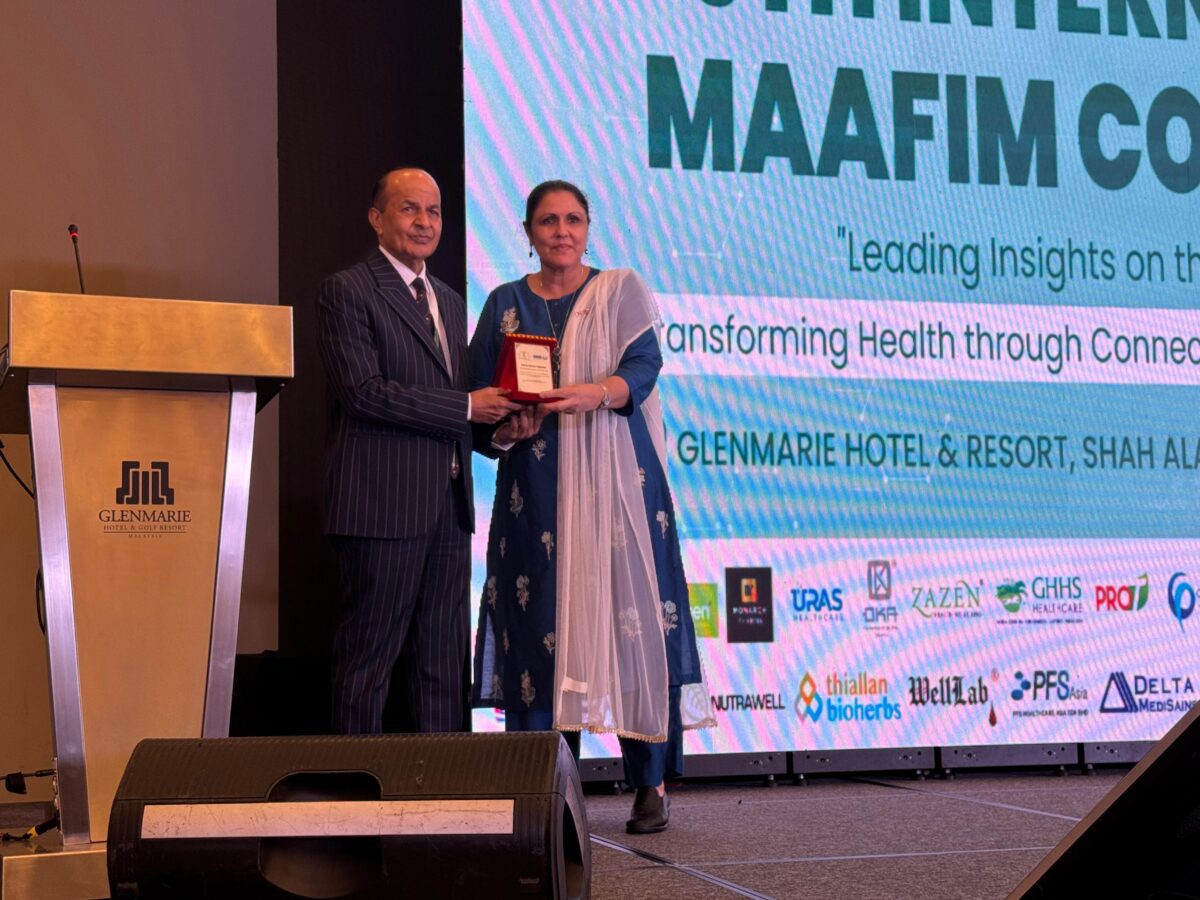
News Insights: 5th International MAAFIM Conference Malaysia
On September 18, 2025, the 5th International MAAFIM Conference convened in Malaysia, drawing a distinguished audience of industry leaders and subject-matter experts. Dr. N.K. Aggarwal delivered a keynote address that provided a comprehensive overview of “Let Us Save Our Knees – Managing OA Knee without Knee Replacement”. We are pleased to present the full text of this address, a valuable resource for professionals seeking to understand the critical trends and strategic imperatives shaping our industry.
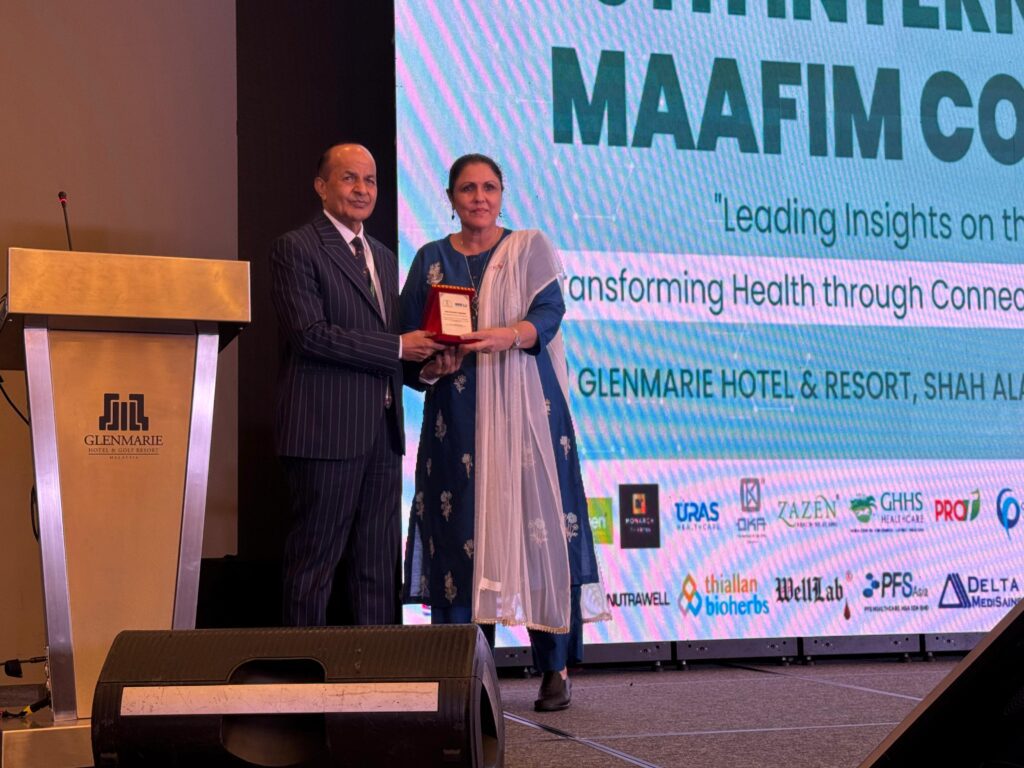
Keynote Speech Transcript
Good evening, everyone, respected chairpersons and friends. I am going to talk about osteoarthritis of the knee. Now how are we managing our osteoarthritis of the knee today? Before knee replacement for quite a few years, our prescription remains the same. In different stages of osteoarthritis and the prescription is pain relief supplements and maybe some physio. For quite a few years we do this before it turns into a tricompartmental arthritis and we advise total knee replacement and after total knee replacement the patient is happy and the doctor is happier. But my question to myself and to my colleagues is, is this victory or defeat? I believe this is a defeat of orthopedics and there are many others who believe that it is a defeat of orthopedics, medicine and science. We rather take pride in changing our tools from power tools to patient-specific instrumentation to computer navigation to robots and now humanoid robots with AR, VR and AI. Now what I am thinking is, is our focus more on machines and less on biology? Should we not be working on stopping the progression of disease? And that is what I am going to talk about.
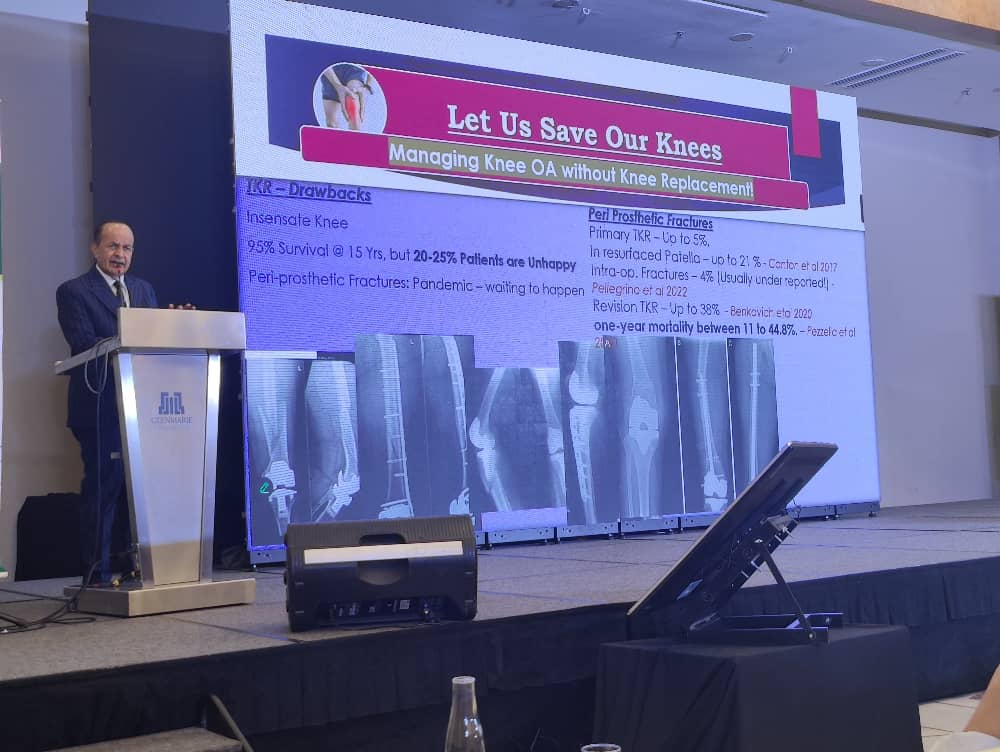
The focus in my talk and my call is to save our knees. Let us save our knees. My talk will be mostly science with a flavor of common sense. And the purpose is to stimulate a thought process in my fraternity. We all know osteoarthritis is a painful and disabling disease. It is predicted to be the most common musculoskeletal condition around the world in the next 10 to 15 years. Still, we don’t have any tool to predict onset or risk of osteoarthritis and we have no medications approved as disease modifying agents for osteoarthritis. I have divided this talk into a few parts.
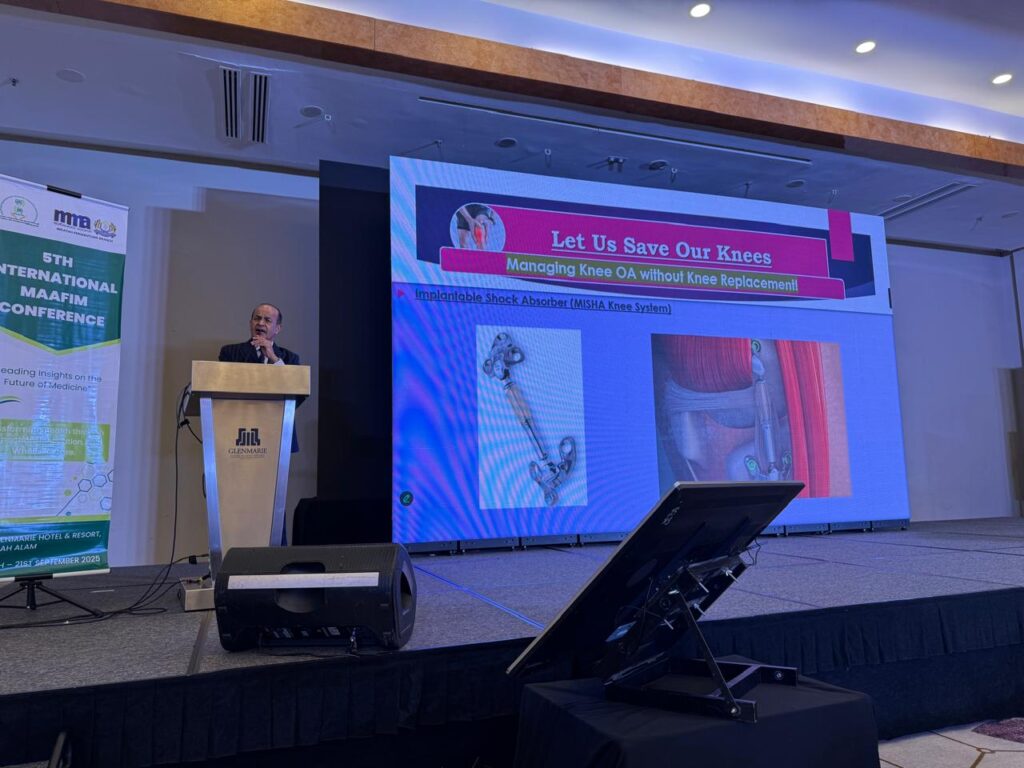
Let’s review the present treatment again and as I said it is just analgesic, physio, brace and maybe intra-articular injection and we keep on waiting for TKR and this journey can be 5 to 15 years. To make this journey short, we are advising TKR sooner and sooner. Is that the right approach? Having done knee replacement for close to 34 years I have realized there are some downsides of total knee replacement. Number one it becomes an insensate knee. Though we claim that there is 95% survival of the implant but up to 25 patients are unhappy with this and more importantly the periprosthetic fractures are becoming a common sight. Such fractures are becoming a common sight with increasing frequency. What is more concerning is that one year mortality after a periprosthetic fracture can be up to 45%, so it is a serious condition. Also, revision surgeries have been increasing at the rate of 600% over 15-20 years in the West, and we are not lagging behind. These surgeries are increasing in incidence with decreasing success rates and very high complication rates.
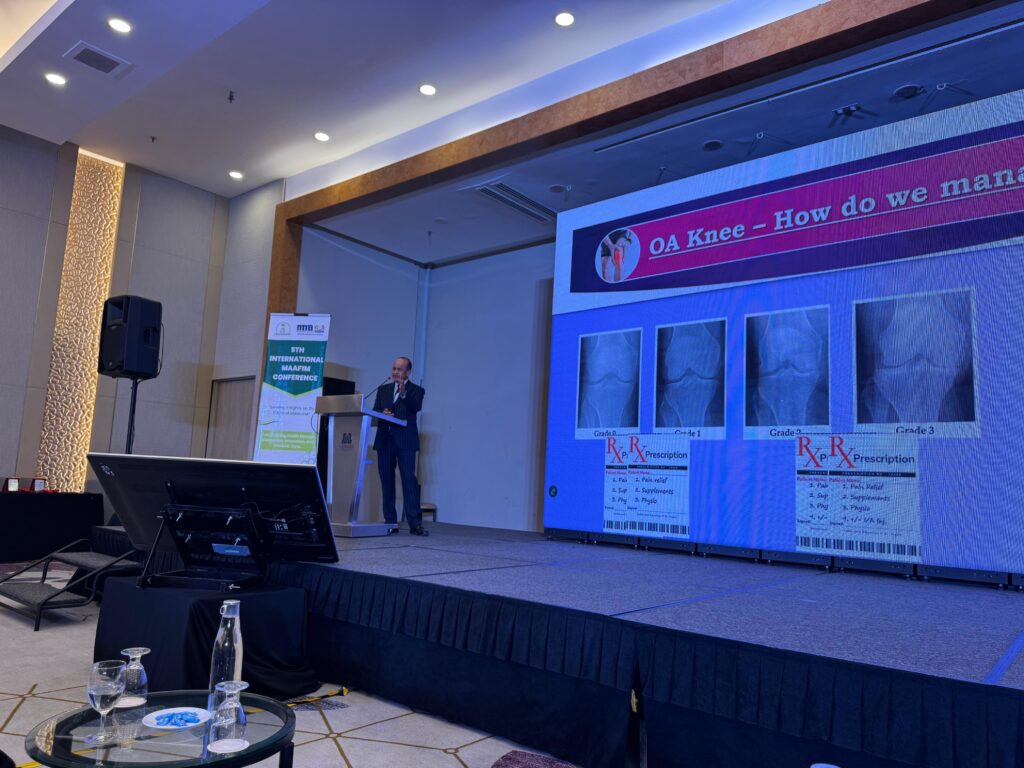
So we need to look at alternatives to knee osteoarthritis. Now to look at alternatives, we need to deep dive into the disease process. What is etiology? Is it just the aging or is it a multifactorial etiology? All aging knees are not the same. The etiology of Knee OA is an interplay of multiple risk factors which predisposes a person to osteoarthritis. These factors can be local or can be general. They can be mechanical or they can be biological. Some of these factors are modifiable and others are not modifiable. All this is well documented in literature. Once we know the factors, what is then the pathogenesis of the Knee osteoarthritis? A landmark article published from Stanford School of Medicine about 15 years back changed the total paradigm about pathogenesis of osteoarthritis. It brought out three main findings, three main observations. The first, they said just like rheumatoid arthritis, osteoarthritis is also driven by a very, very low grade inflammatory process. The second observation was that the inflammatory enzymes and proteins are secreted in less quantity as compared to rheumatoid arthritis. So the tests remain negative. And one very important prediction they made was that if we could target this inflammatory process early on, someday we will be able to prevent osteoarthritis. These findings have been confirmed by studies after studies in the last 15 years. Many studies have confirmed and added to the same pathway. Just last year in JBJS, a review article and system meta-analysis was published. They again confirmed this, that in osteoarthritis, like in rheumatoid arthritis, the NLR and PLR ratio is increased. So they have a similar pathological process. So in brief, the pathology of osteoarthritis is a chronic, low-grade, inflammatory, slowly progressive immune-mediated process. Osteoarthritis knee is a local manifestation of this chronic systemic inflammatory disease. In other words osteoarthritis and rheumatoid arthritis are two ends of the same spectrum of disease process. Since the markers are not raised in osteoarthritis the tests remain negative. What are the structures involved? If you think it is just wear and tear of cartilage, no it’s not just that. All the structures in and around the joint have been shown to be involved with this inflammatory process. What is then the cause of pain? Because cartilage has no nerve endings. The cause and source of pain we need to know so that we can target that for our treatment. The cause of pain is inflammation, ischemia, AVN, micro-fractures and bone marrow lesions. And the source of pain is again all the tissues in and around the joint. We need to target them as a part of our treatment as an alternative to knee replacement.
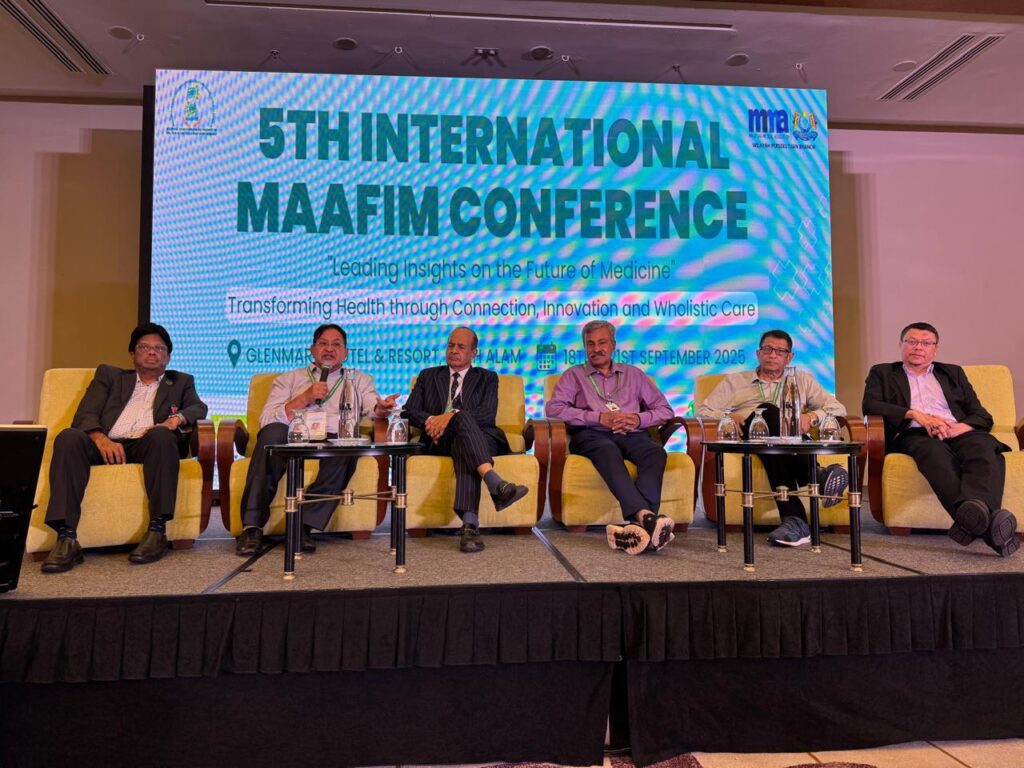
So what can be the proposed treatment? Well the best would be prevention but as yet no prevention is available and documented. So the goals of treatment in our osteoarthritis needs are pain relief, deformity correction, improved mobility and delayed progression of osteoarthritis. How do we achieve this? Since it is a local manifestation of a systemic inflammatory process, our treatment has to be both local and systemic. In the last 15 years, a lot of work has been done on local treatment. A variety of agents have been used to control the local inflammation, to help restore the cartilage and to improve the function. Regenerative medicine and Orthobiologics are established newer branches of medicine and orthopedics. The systemic treatment, however, has not evolved that much as yet, but a lot of work is going on and very soon we will have a well-defined systemic treatment as well.
So what is the local treatment? It has two components: biological to control the inflammation to help restoration of the cartilage and mechanical to restore the malalignment or correct the deformity. There are a variety of drugs which are being used around the world in different phases of clinical trials to control local inflammation, to target the cartilage breakdown, to help promote cartilage regeneration. Many of them have shown very good results, but some of them are in routine clinical practice around the world. What are these? At the moment, platelet-rich plasma or the growth factor concentrates and mesenchymal cells from autologous bone marrow and fats. They are being routinely used around the world with good results and they are approved drugs. Ozone is another molecule which is being increasingly used intra-articular for its anti-inflammatory and regenerative properties. As far as the mechanical part of the treatment, the conservative option remains shoe wedges and the offloader brace. The surgical options are proximal fibular osteotomy, closed wedge osteotomy and open wedge high tibial osteotomy. We all are doing this. Very recently, a couple of years back, a new implant has been approved by the FDA. It is an implantable shock absorber which is implanted on the medial side like an internal brace and it helps avoid rubbing of the joint surfaces on the medial side so helps promote regeneration and restoration of cartilage. So now we offer intra-articular treatment like mentioned. We also do thorough knee wash because that reduces the inflammatory load. We also do synovectomy if there is synovial hypertrophy and realignment. We do all the procedures that I mentioned and the recent introduction to our realignment philosophy is needleplasty which has been popularized by Dr. Jignesh Patel from Surat. Under local anesthesia we do pie crusting of the tibial attachment of medial collateral ligament in the anterior one-third under local anesthesia, give a valgus thrust and see how beautifully it restores the medial joint space and then we maintain it with physiotherapy and braces.
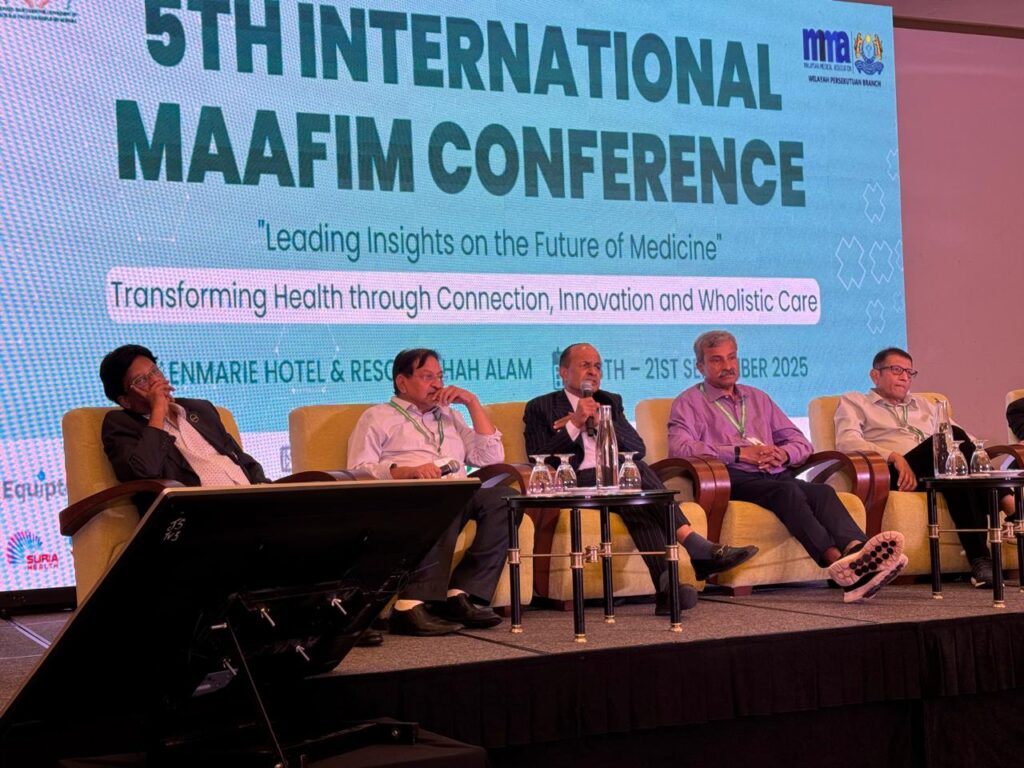
Systemic treatment, what has to be the systemic treatment? We target systemic inflammation and we control other comorbidities, metabolic imbalance and osteoporosis along with lifestyle changes. This was an article published last year in JBJS where in one group of hypertensive patients who were given non-selective beta blockers, there was 54% reduction in total knee arthroplasty risks. Very important observation and this really set me thinking. This also pointed out that there could be new treatments to delay progression of osteoarthritis, some medications. And when looked into the literature, there are a variety of drugs being used in different stages of clinical trials and in clinical practice in different centers to target systemic inflammation, to target subchondral bone remodeling, to target angiogenesis. And nerve growth receptors have also been used. All this is on the premise that osteoarthritis and rheumatoid arthritis have similar underlying disease process. They are both inflammatory diseases. There is a huge lot of evidence to support this statement. Just a few months back, in JBJS this year, a literature review of all the clinical trials has been published which have targeted systemic inflammation as treatment for osteoarthritis. And they have come out that DMARDs are likely to achieve desirable outcomes. A variety of DMARDs and biologics have been shown to be beneficial in osteoarthritis including low dose prednisone. There is something called the steroid paradox. The low dose long term use is safe and effective in osteoarthritis. The lack of positive diagnostic tests as I said have usually deprived the patients of appropriate treatment. We now know from the literature that DMARDS can be helpful. What is not known is that the dose, frequency, combination of various drugs, duration of treatment, exact drug regime and its safety has not yet been worked out and not yet published in literature. A friend of mine, Dr. Aroop Mukherjee, some of you might know him, has successfully used and perfected a drug regime for systemic treatment of osteoarthritis over the last three decades. I have used it for the last couple of years with very promising results. It has been adopted by hundreds of colleagues around the country. This is basically low dose, low frequency DMARDs with different incubation periods with their neutralizing medications next day so that there are no side effects. Then there are supportive medications and co-morbidity treatment. For example, methotrexate is given 2.5 mg on alternate days followed by folic acid so that there are no side effects and there are other drugs mentioned here along with supportive treatment and supplements which are necessary and it is personalized and customized for each patient. Systemic treatment, our philosophy now is to target systemic inflammation with this Mukherjee regime.
Our experience is very good and we have to counsel the patient that like other chronic conditions such as hypertension, diabetes, rheumatoid, hypothyroid, the treatment of osteoarthritis, the systemic treatment has to continue lifelong. The doses can vary depending on the response in each patient. We have to remember that we can’t prevent aging, but we can definitely improve quality of life. We have treated about 50 patients over the last 20 months. Some minor side effects, if occur, can be easily managed. There is some issue about compliance and patient dropout because there are multiple drugs about seven eight drugs every day. We are working our way around this and we should be able to convince the patients about this.
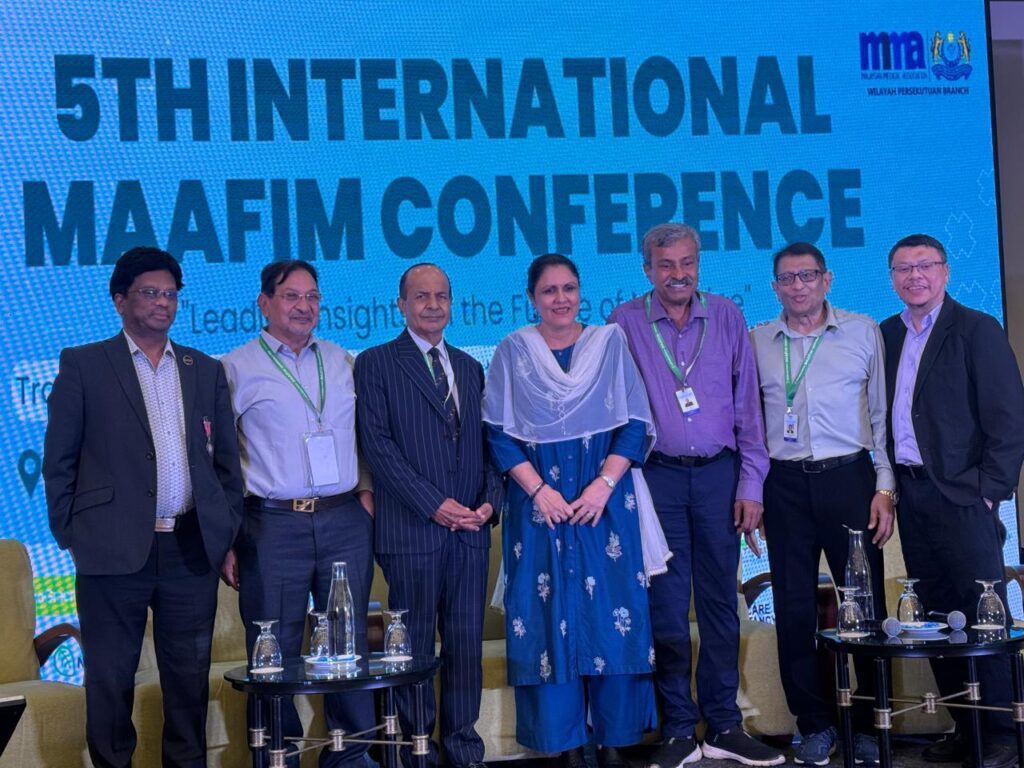
So now if the patient comes to us in different stages of osteoarthritis, our basket of treatment options, both local and systemic, biological and mechanical, are huge. And we customize this to fit into the requirement of each patient and we offer this to each patient as is necessary and patients are very happy and grateful. And of course, if a patient comes at this stage, very late, with fixed deformities, bone loss, we know TKR is the only thing they need. And of course, systemic treatment we can add and excellent results can be achieved with TKR provided it is done judiciously.
Friends, in future and very soon there will be personalized targeted therapy for different Knee phenotypes. Intra-articular gene therapy has shown very promising results in clinical practice. With the use of certain newer lab tests, machine learning and artificial intelligence, we will be able to predict osteoarthritis in individuals and so we should be able to prevent it. So my prediction is that in the next 5 to 10 years, both local and systemic treatment for osteoarthritis knee will be more evolved with the objective to help restoration of cartilage and slow the progress of disease and put it into remission. In the next 10 to 15 years, the number of knee replacement surgeries will significantly go down just like what happened to rheumatoid arthritis. In rheumatoid arthritis today, only 2.4% patients need knee replacement whereas in osteoarthritis, more than 50% still need knee replacement.
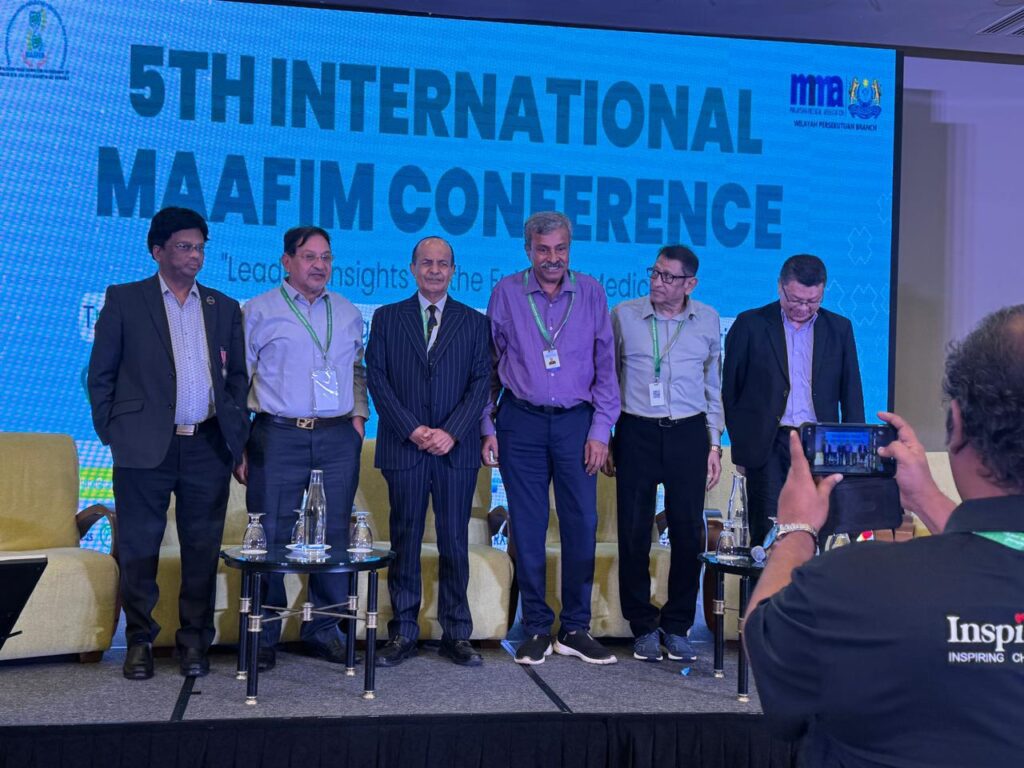
In summary, osteoarthritis is not only due to aging. It is not just wear and tear of cartilage. It is a local manifestation of a systemic, slowly progressive immune-mediated inflammatory process. Treatment has to be local and systemic. Local treatment has to be biological and mechanical. And systemic treatment has to be low dose, low frequency DMARs with mitigation of the side effects and other lifestyle changes and treatment of metabolic imbalance, osteoporosis and co-morbidities. Targeted therapy based on knee phenotype, gene therapy and even prevention should be possible in the not too distant future. This can help us save our sensate knees.
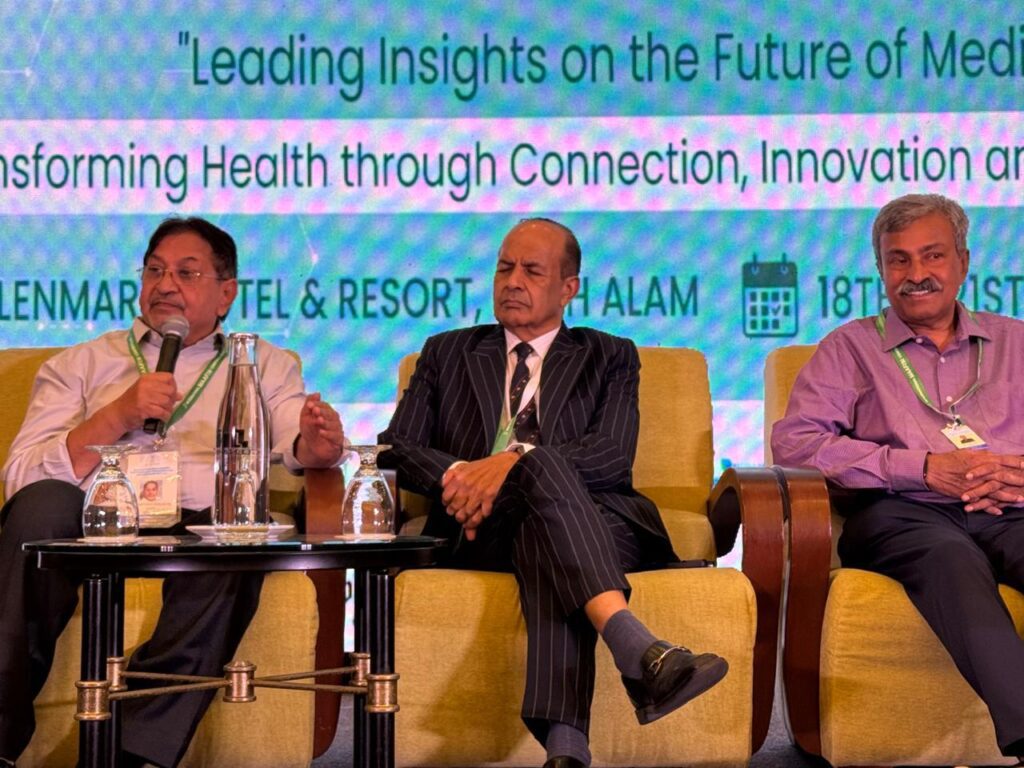
So friends, my message for you today is Can we prevent OA? Not yet, but maybe in the future. Can we slow progression of osteoarthritis? Yes. Can we help cartilage restoration? Yes. Can we put the disease into remission? Yes. Can we postpone knee replacement? Definitely yes. We are doing it in our practice. Can we avoid knee replacement? Should be possible in most cases if they come to us early. Thank you very much for your patient hearing.
Closing Statement:
Dr. N.K Aggarwal’s speech was a highlight of the 5th International MAAFIM Conference. It set a high standard for the discussions that followed, and we will be featuring more content in the coming weeks. Be sure to check back for additional transcripts, summaries.
